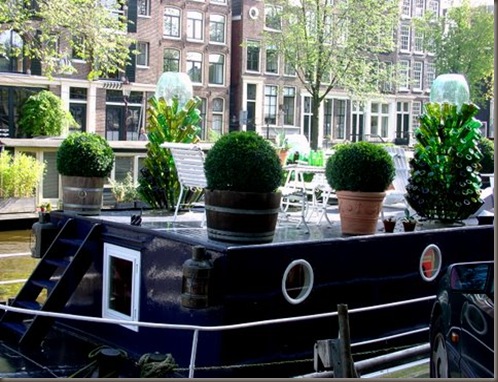
One of the first photos shot on this trip to Amsterdam was of a houseboat on the Brouwersgracht or Brewer’s Canal, the old warehouse and brewery area of the city whose buildings, in recent years, have been fastidiously converted into elegant homes. This houseboat’s beer bottle topiaries really amused me. This one time working class neighborhood, the Jordaan, may very well have sprouted up to accommodate workers in those very warehouses that stored spices, sugar and coffee to name but a few of the treasures they held. Those workers would be hard pressed to afford a home here now, as the Jordan and especially the buildings on Brouwersgracht Canal are highly sought after.
It’s also a place to find a plethora of houseboats, since it’s a wide canal. As you can see in the last photo, it is not without it’s own special amenities, although the graffiti doesn’t add much to the experience. Sidewalk pissoirs, in my experience, seem to get less actual use than curious attention from tourists.
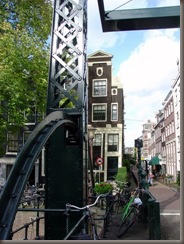
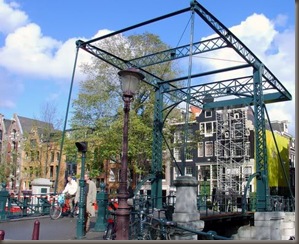
Brouwersgracht has its share of bridges for crossing the canal, and my favorite is the iron bridge at Oranjerie with its interesting mechanism for allowing boat traffic to pass under. It’s not the image one calls to mind when hearing the word drawbridge, but that’s exactly what it is. One has to wonder what might happen to the bicycles when the bridge opens, and what kind of warning do pedestrians receive?


A distinctive feature of canal houses are the gables. Not only were they used to identify the houses in centuries past, because each building had a unique gable, but they held brackets with hooks that were, and still are, used with pulleys to raise and lower furniture into the apartments. This system developed because the very narrow spiral stairs made bringing large objects inside virtually impossible. If you notice, the buildings are generally narrow, so the stairs were necessary to allow for maximum interior space. As a secondary necessity, the windows were widened, not only for the furniture loading, but throughout the buildings for symmetry. I suspect that resulting light was very important to these long narrow buildings built one upon another.
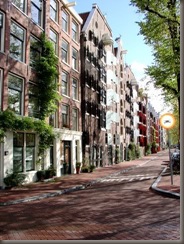

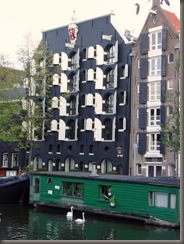
Of all the features present on the buildings along Brouwersgracht Canal, the strongest for me are the window shutters. I believe they are hold backs from the days when the warehouses held precious cargos that needed safekeeping. Now I’m curious as to whether or not they even had windows. Or could the shutters have been used to seal off the open docks where the imports were offloaded?
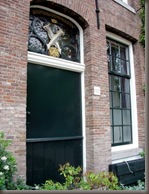

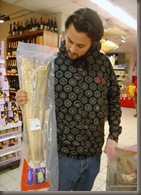
Another feature seen on this canal, but also in other areas of Amsterdam are the artistic motifs on or above doors. They must have been another means of identification for the houses. The one pictured above reminds me of salt cod, and just to make that seem less farfetched than it might appear, I’m including another photo of the real thing. The packaged bacala is something I found in Venice and forced my nephew to pose with after several minutes of protestation. I believe I may have been holding both of our return tickets to Florence.
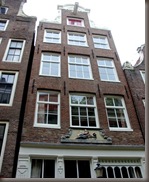
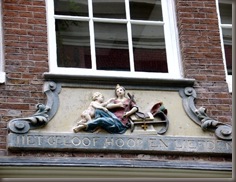

Here are two other examples. Not quite as well executed as the dried cod, which I suppose adorned the home of a fish importer.








No comments:
Post a Comment